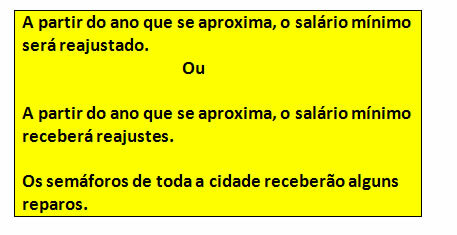Problems with cell phone battery are more common than we would like. But did you know that the way you use your smartphone and charger can influence the device's useful life?
To avoid routine and harmful errors for your device, we have prepared a definitive guide with the best tips on how to charge your cell phone correctly and what not to do during the process.
see more
Check out advances in the development of batteries for contact lenses…
Mystery revealed: THIS is why Apple products start…
Battery type makes all the difference
Not everyone knows, but there are different types of batteries and each of them requires specific care. However, in modern devices there is one predominant category: lithium ion.
Lithium ion batteries, when they get close to empty, begin to draw a constant current and operate at low voltage, which is beneficial to component health, according to Battery University.
(Image: disclosure)
Unlike the old models, which were made of nickel-cadmium, the new versions do not suffer from the so-called “memory effect”, meaning there is no need to wait for a full discharge to recharge it.
On the other hand, the voltage starts to grow as more charge is acquired, therefore it is recommended to keep it in a range below 100%.
In fact, it is recommended that the charge remains between 80% and 30%. This way, the process requires lower voltage, extending the life of the battery and the cell phone in general.
Avoid sleeping with your cell phone plugged in
As seen, the practice of leaving your cell phone fully charged is common, but advised against by experts. Therefore, the ideal is not to leave the device connected to the charger for many hours.
The latest cell phones, with a fast charging system, generally have a fast stimulus at the beginning of the process and then slow it down. There is an explanation for this.
According to Apple, the slower recharge from 80% is a question of longevity. On iPhones, charging can be paused at 80% when the battery temperature exceeds the recommended limit.
Therefore, the habit of nightly recharging — that is, charging the device throughout the night and taking it out of the taken only when waking up in the morning — it may give a feeling of peace in the morning, but it is nothing healthy.
Furthermore, just as reaching the maximum is not recommended, the opposite extreme should be avoided. A Samsung, for example, recommends that its customers keep cell phones with at least half their battery capacity charged.
In any case, the tip is that you do small recharges throughout the day, even if it is to increase the charge by just 10%. This is one of the best ways to guarantee the longevity of the device.



